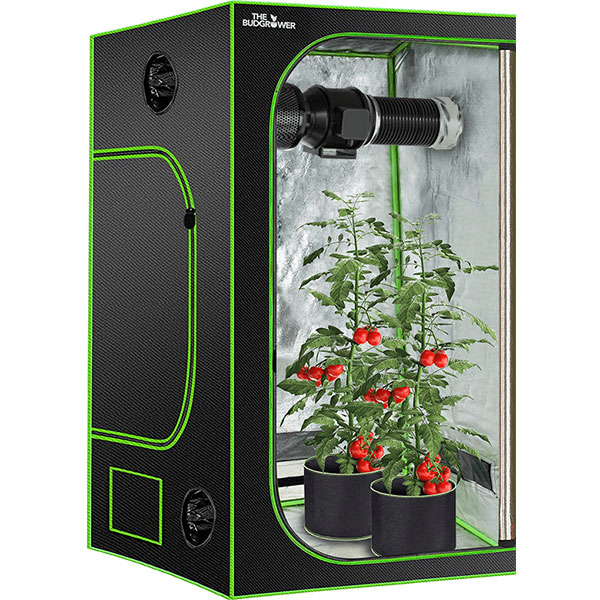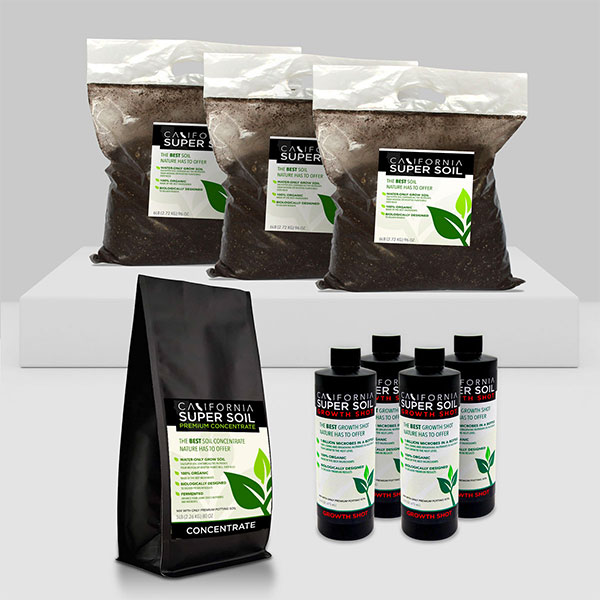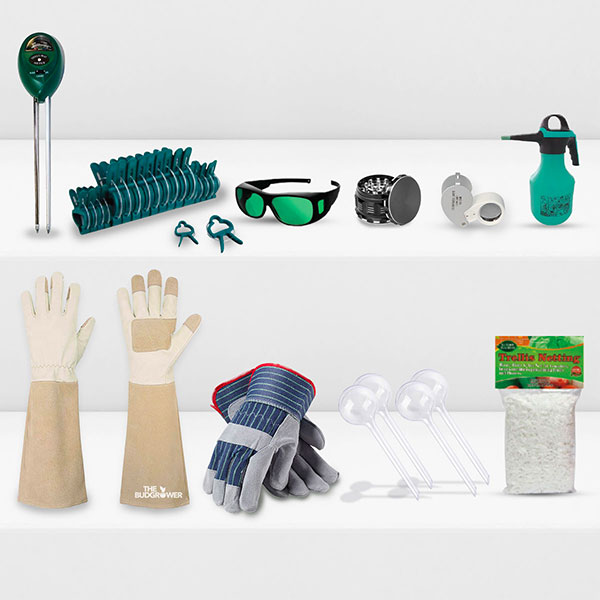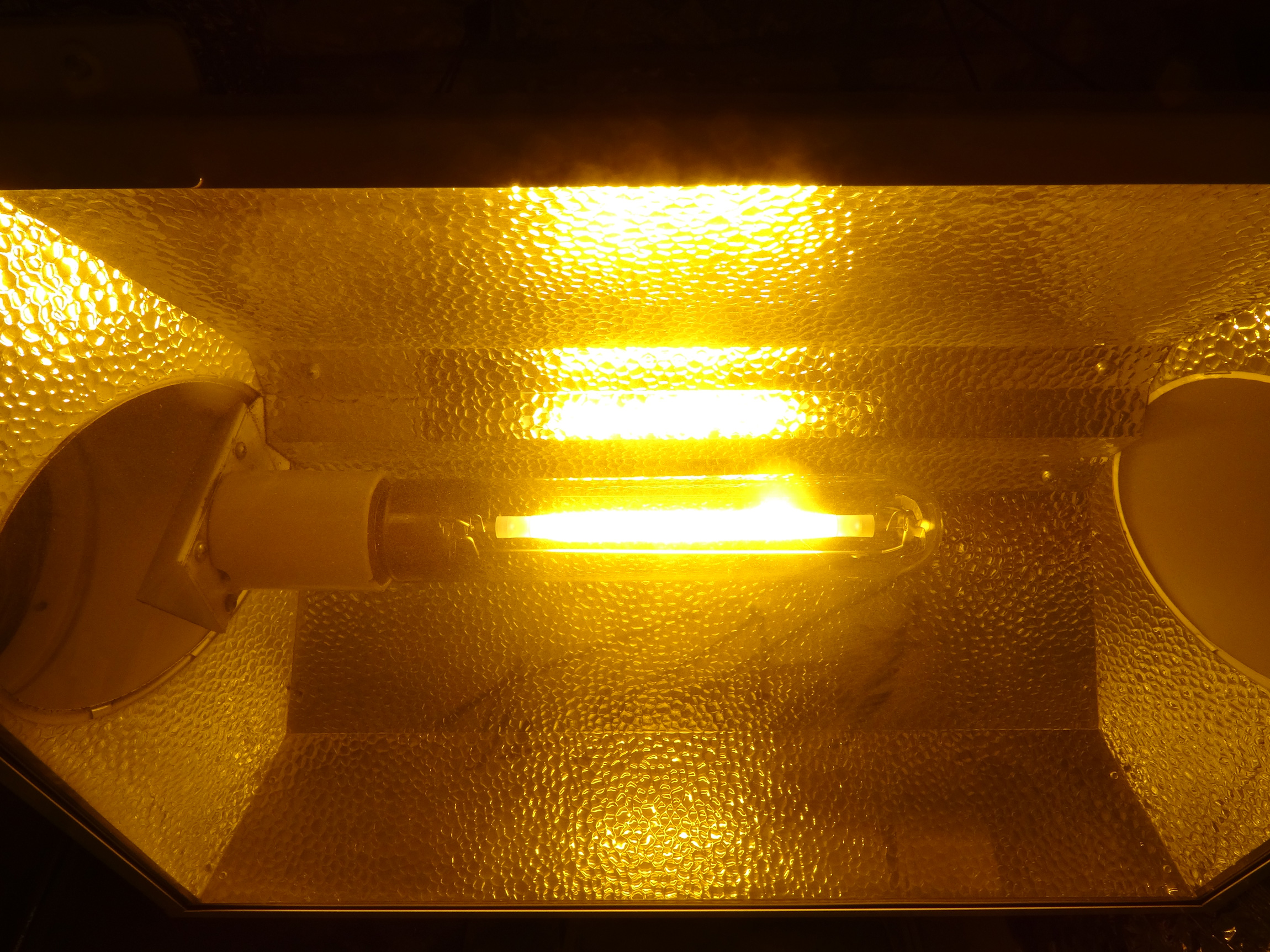HPS lights are the traditional staple of growing indoors. Growing indoors is one of the first choices many have when their state legalizes. When you put the overall cost of doing it yourself versus the overall cost of purchasing at your local retail store, the numbers are shocking.
On top of that, many residents need to wait for their first local shop to open near them. Why wait when you can do everything yourself and save approximately 90% of retail costs?
Well, utilizing an HPS light can provide a number of benefits for your first grow.
Why Are HPS Lights So Popular?
High-Pressure Sodium lights (HPS) have been the traditional go-to for many avid indoor cultivators. In the 70’s these lights were all the rage. It allowed growers to have the optimal light spectrum for their plants.
Due to the heat that these lights generate, many growers have found that cooler areas in the house such as a basement or garage are the perfect location for their indoor grow. This allows for a more stable and accurate climate for your plants.
Although these benefits are great, there are a few drawbacks to using HPS lights.
Technological Advancements In Lights
HPS lights use a large amount of energy – which can increase your energy bill. As mentioned before, they generate a lot of heat, thus generating more power in order to function.
We have come a long way since the 70’s. With the rising national acceptance of your plants, comes rising technological advancements. Light technology is moving for lower cost and larger effective light spread. Since the introduction of HPS lights in hydroponic stores, the industry has gone through multiple renaissances for optimal performance.
While many prefer to go this route, the use of High-Pressure Sodium lights is still popular. While it may add a little extra to your energy bill, the outcome is still regarded as one of the best-performing lights for beginner growers!
This post was brought to you by nhcannanow.











